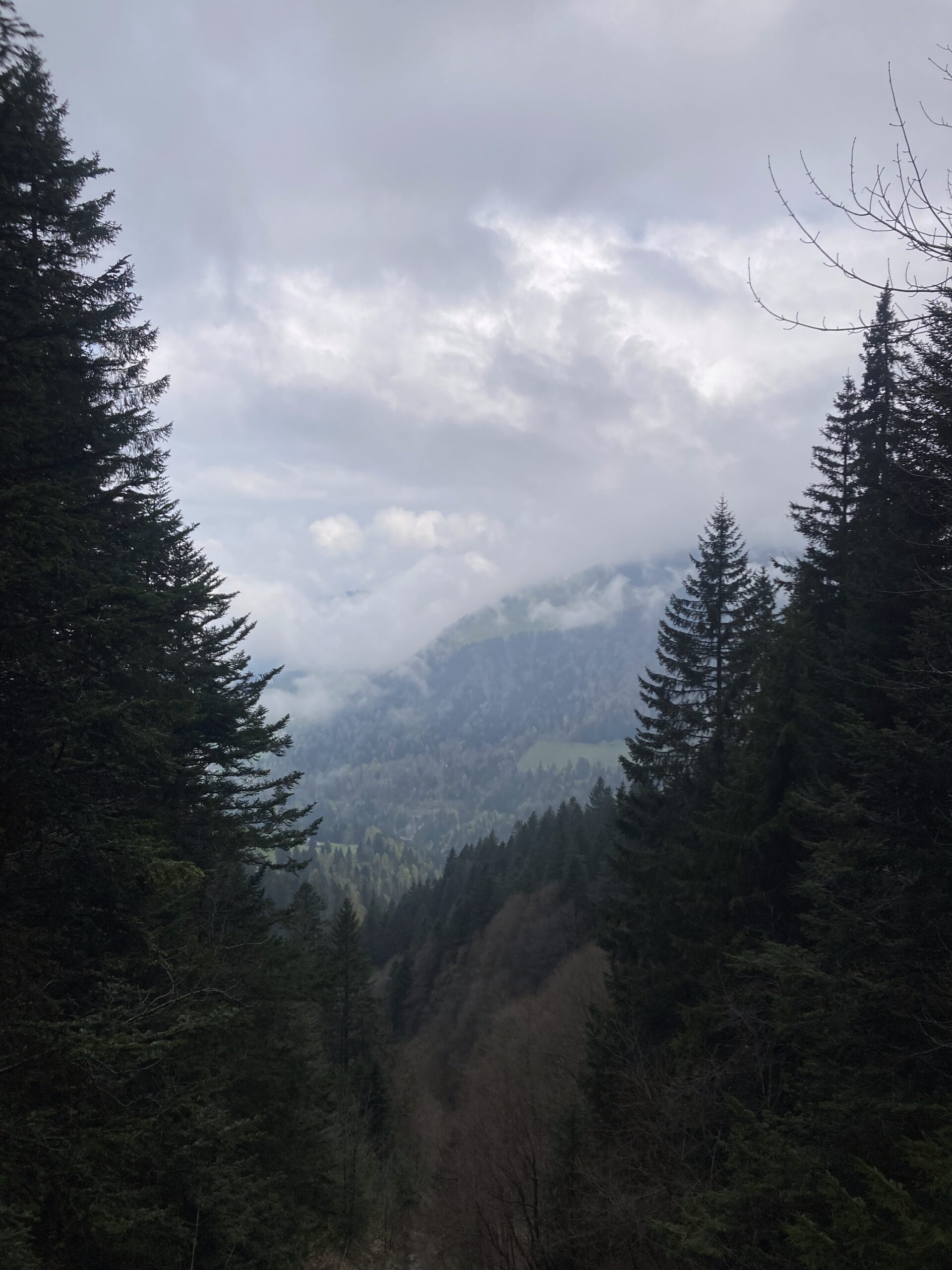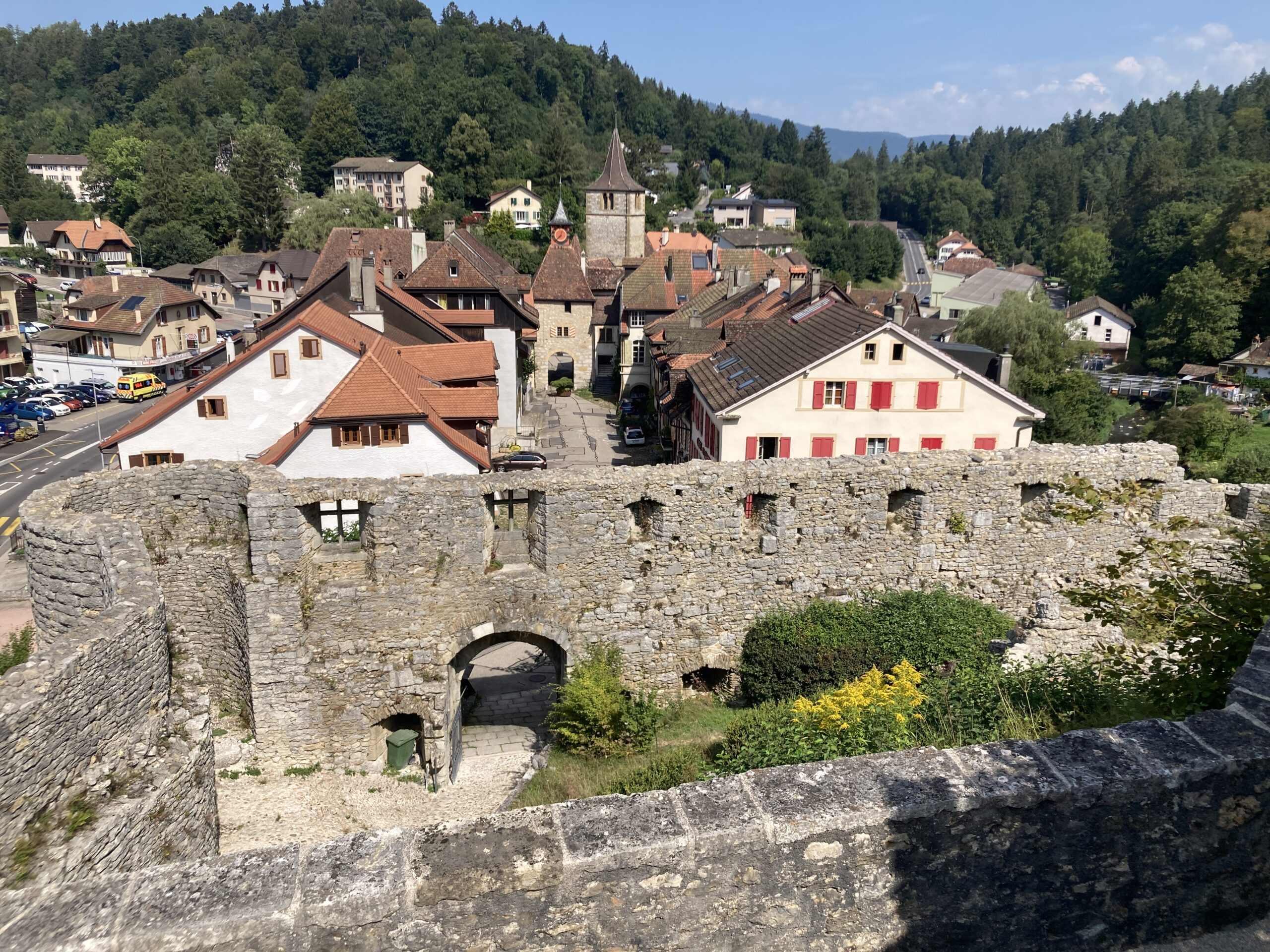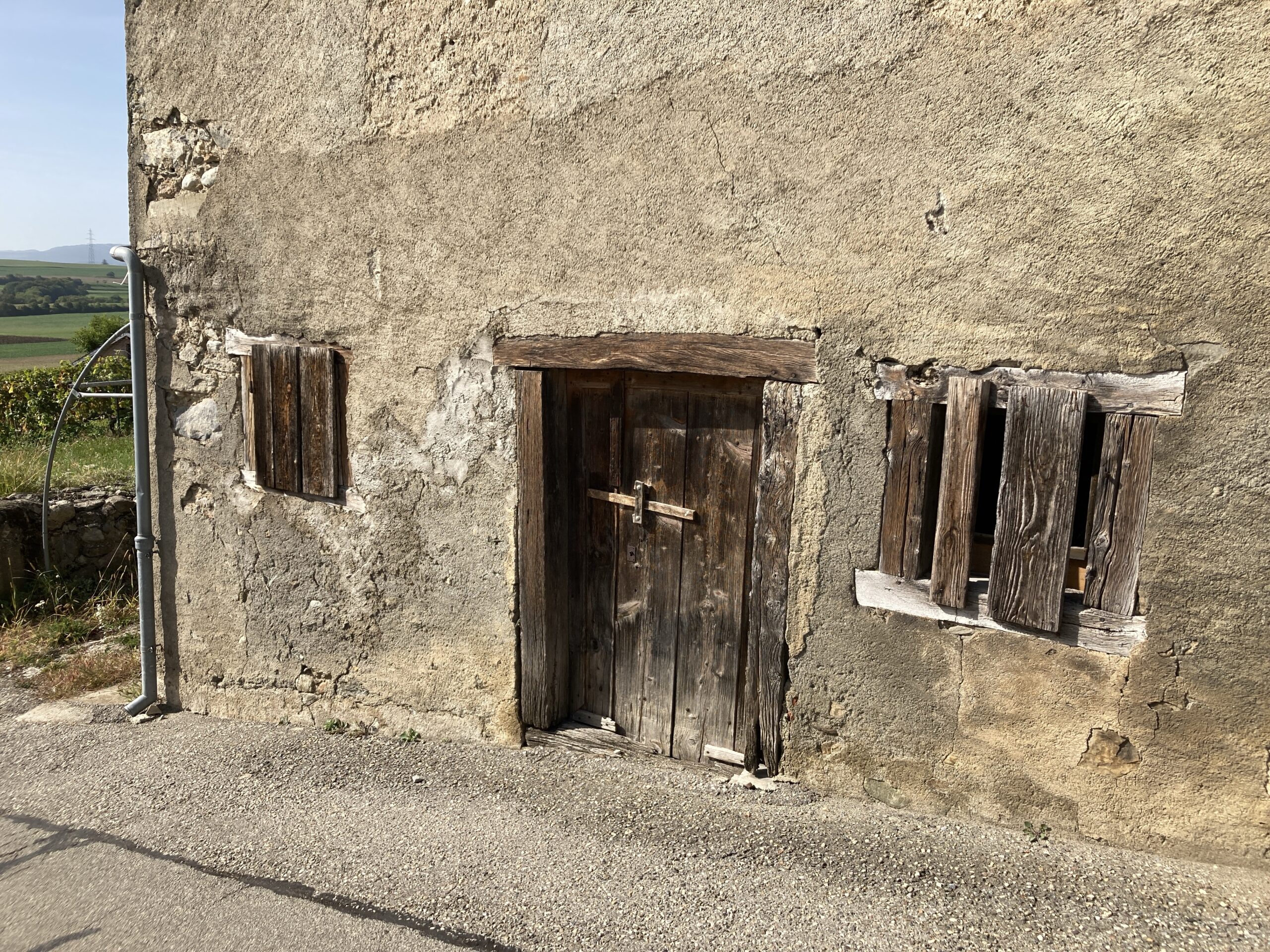Tag: history
-
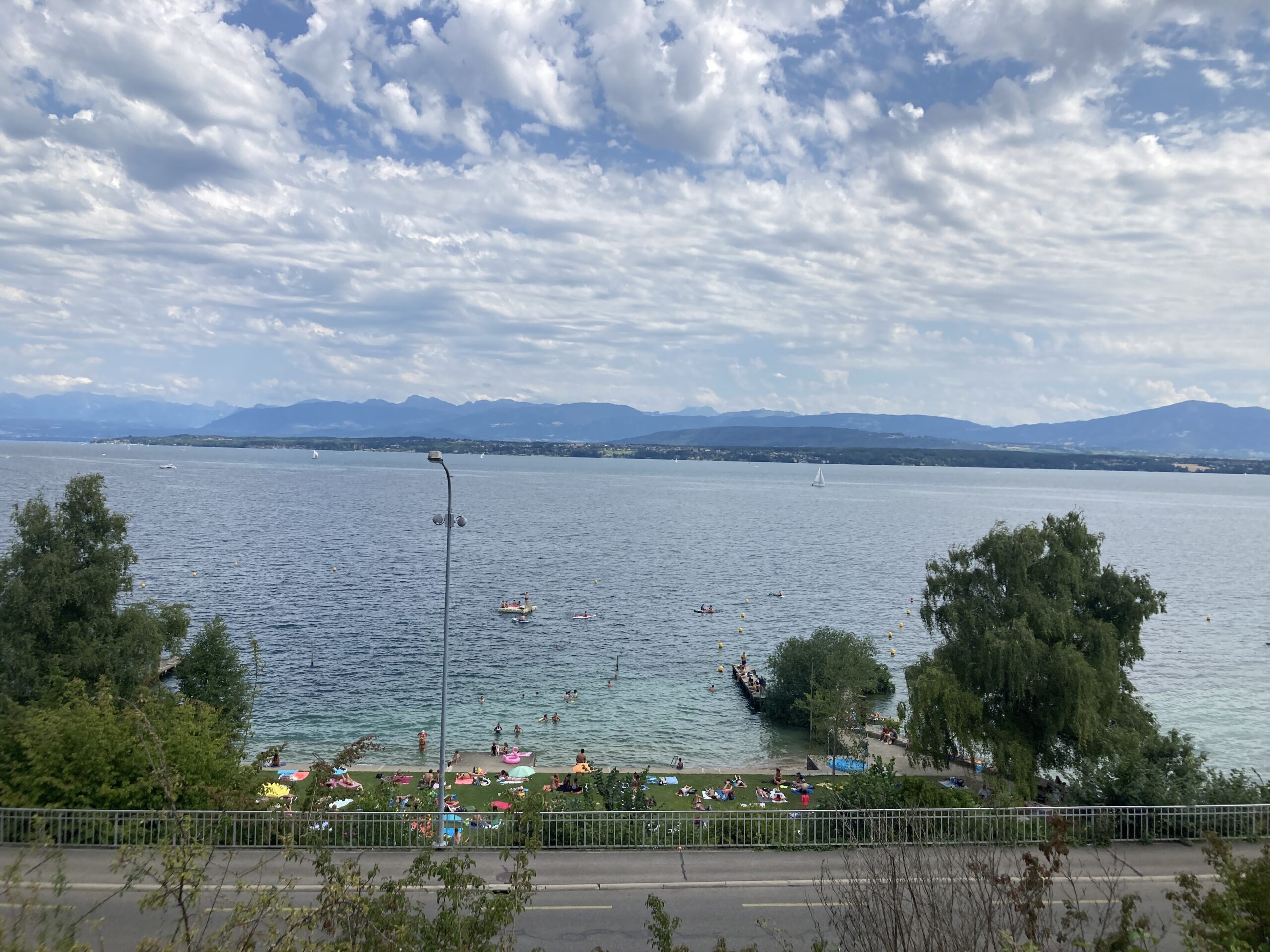
Running from Nyon to Gland via the Toblerones
Reading Time: 2 minutesYesterday I went out in track suit trousers, a t-shirt and minimal other stuff. The plan was to run just three to four kilometres. I planned not to cross any busy roads. I had this plan because I felt that I needed a day of rest after yesterday’s bike ride. Garmin wanted…
-
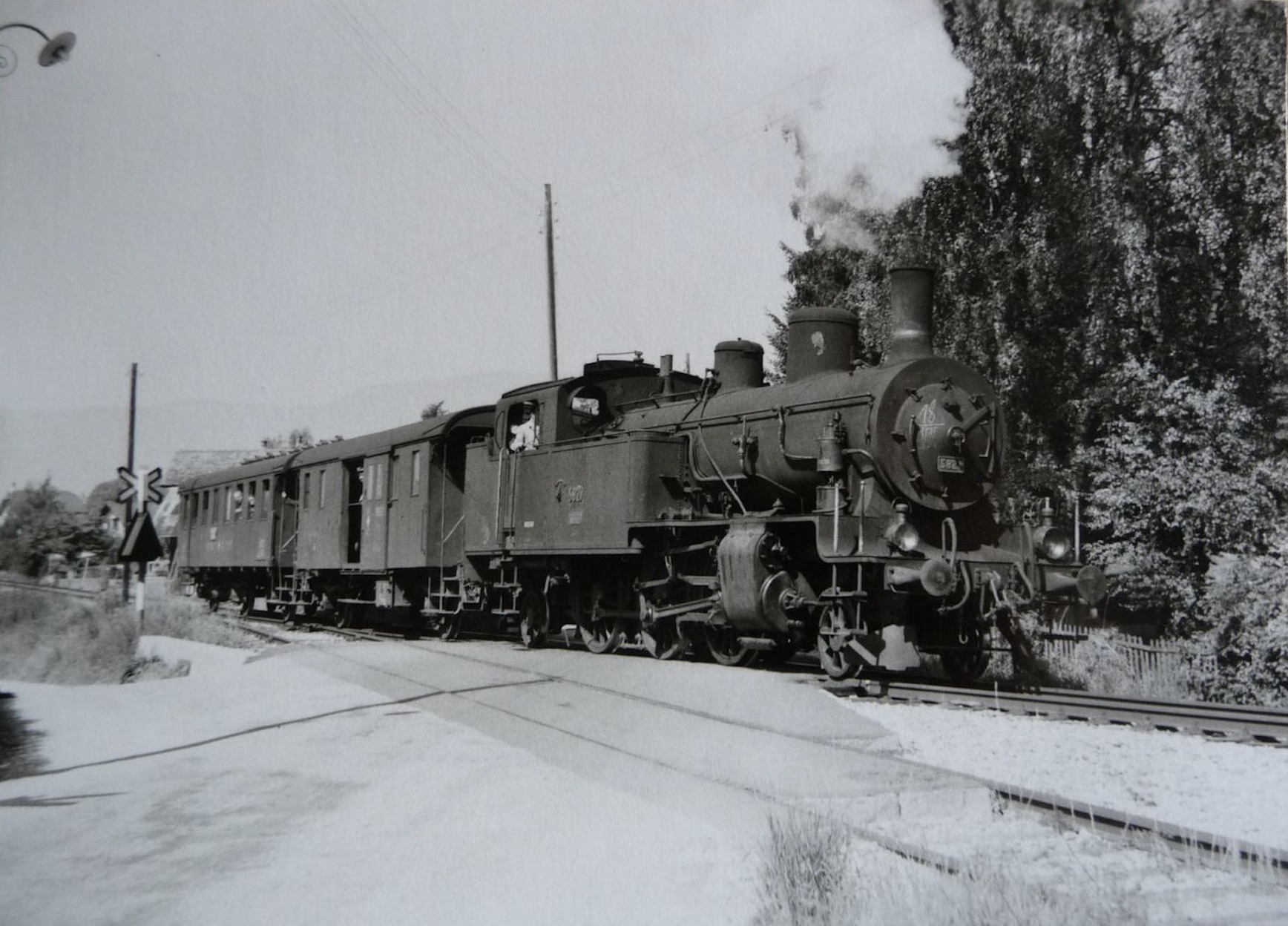
Historic Photos and Facebook
Reading Time: 2 minutesOne of the reasons for which I keep using Facebook has to do with peoples’ sharing of old photos, paintings, sketches and more. I love to see photos of Nyon, Morges, Neuchatel Lausanne and other places through time. Recently I saw a photo of La Dole with a group of children skiing…
-

Why Would They Build This in the Middle of Nowhere
Reading Time: 3 minutesRecently someone said “I wonder why they would build the Abbey d’Oujon in the middle of nowhere and someone asked the same about Romainmôtier and the idea is an interesting one. It’s interesting because until motorways and before an extra four to six billion peoples wewre born and survived infancy the world,…
-

The Age Old Hatred of Pedestrians
Reading Time: 2 minutesLast night I was reading from a book, rather than from a kindle or audible book. As a result I had to keep the bedside light on. I also had to ensure that the light light the pages of the book. I was reading from the book "Beneath My Feet, Writers on…
-
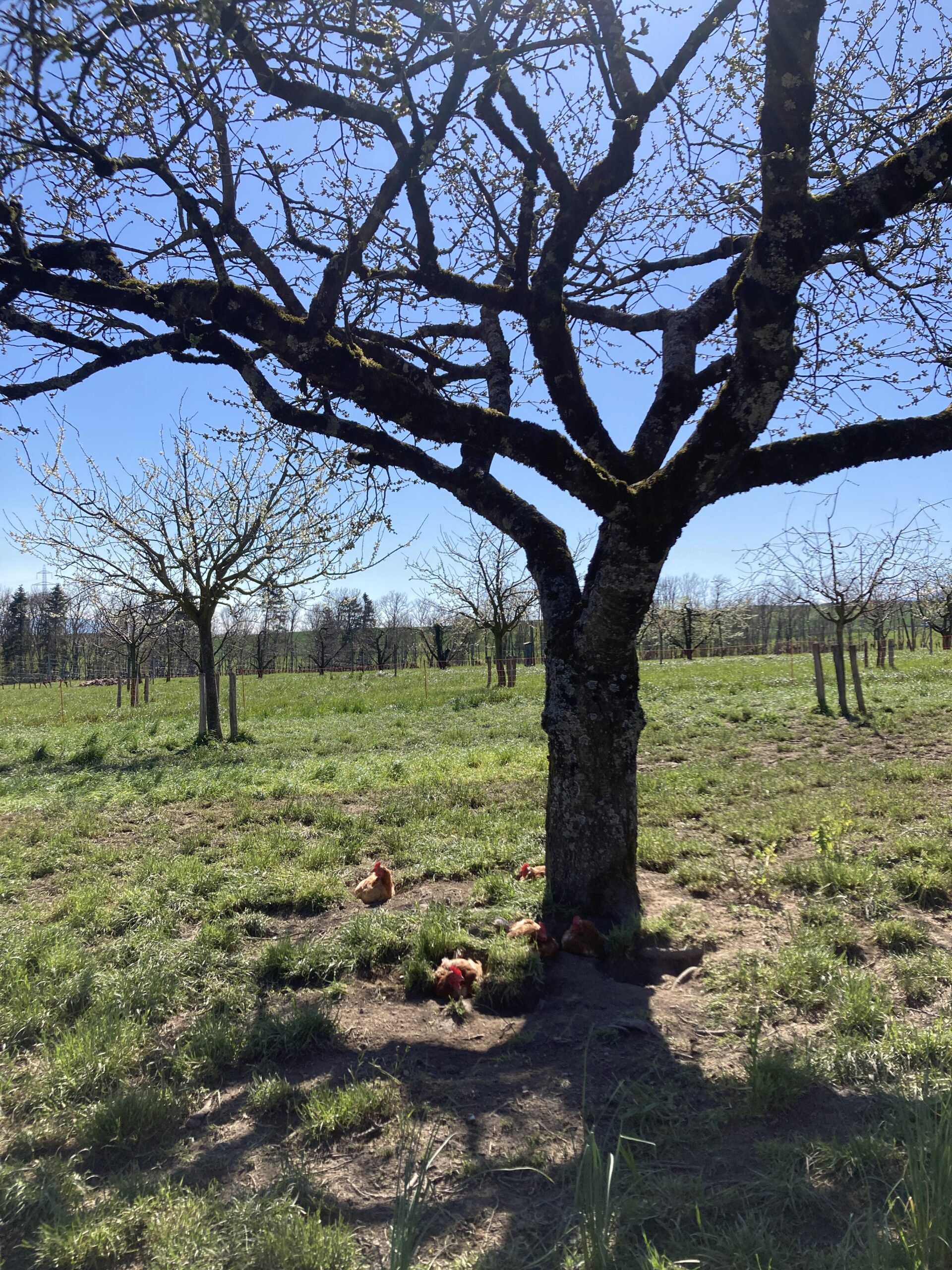
Nanook Of The North
Reading Time: 3 minutesTwo days ago I watched Nanook of the North, a documentary about an Inuit man and his family. This isn’t a documentary in the conventional sense. This documentary dates back to 1922 when the Documentary film was a brand new genre. This is one of the first documentaries, if not the first.…
-
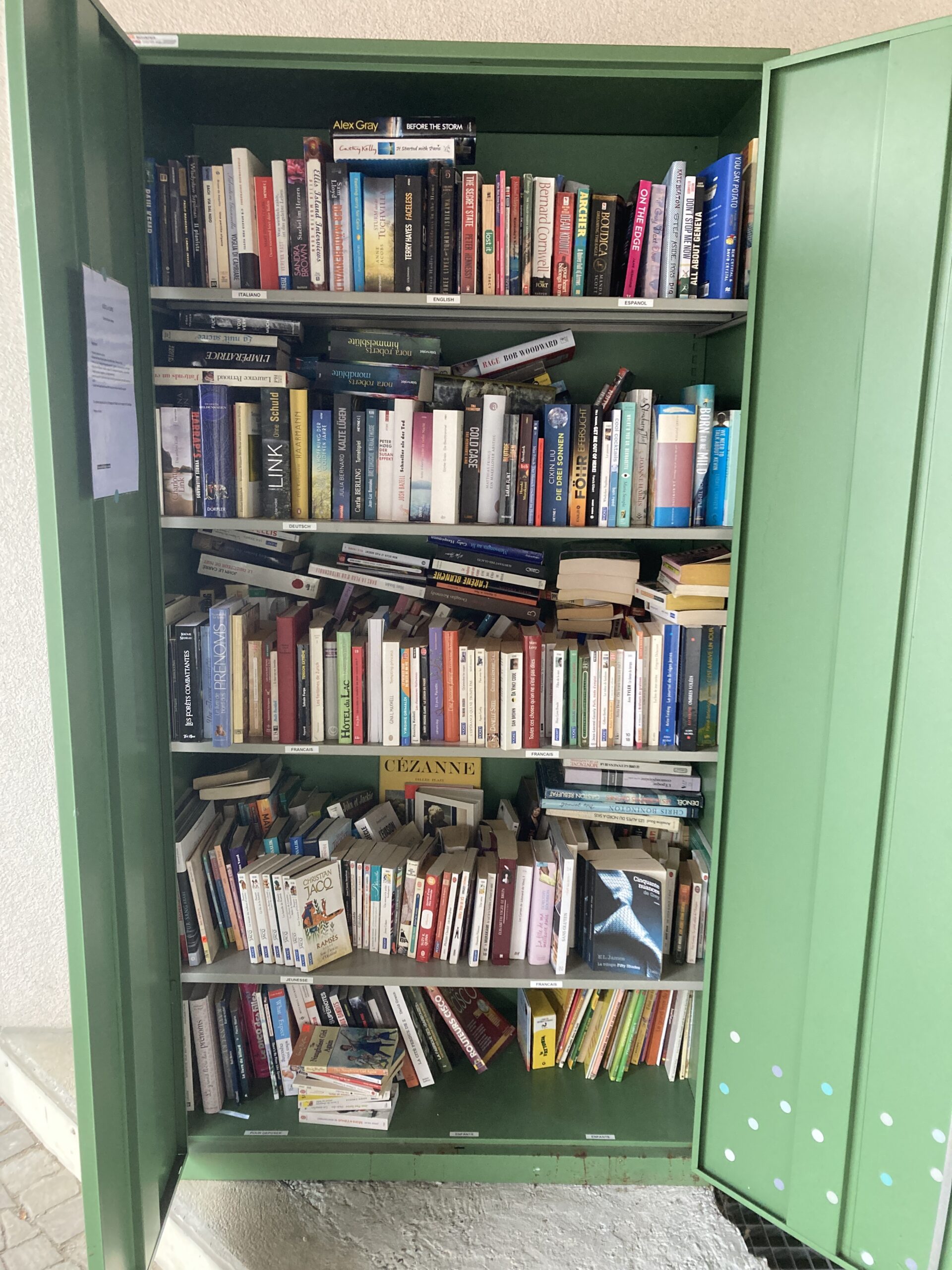
Reading to Understand The Past
Reading Time: 3 minutesWhen I read books i read to be transported back to a different time and a different way of thinking. That’s why i read James Bond books, among others. The books are old-fashioned but it is that obsolescence that makes them interesting. They take us to a time before travel as we…
